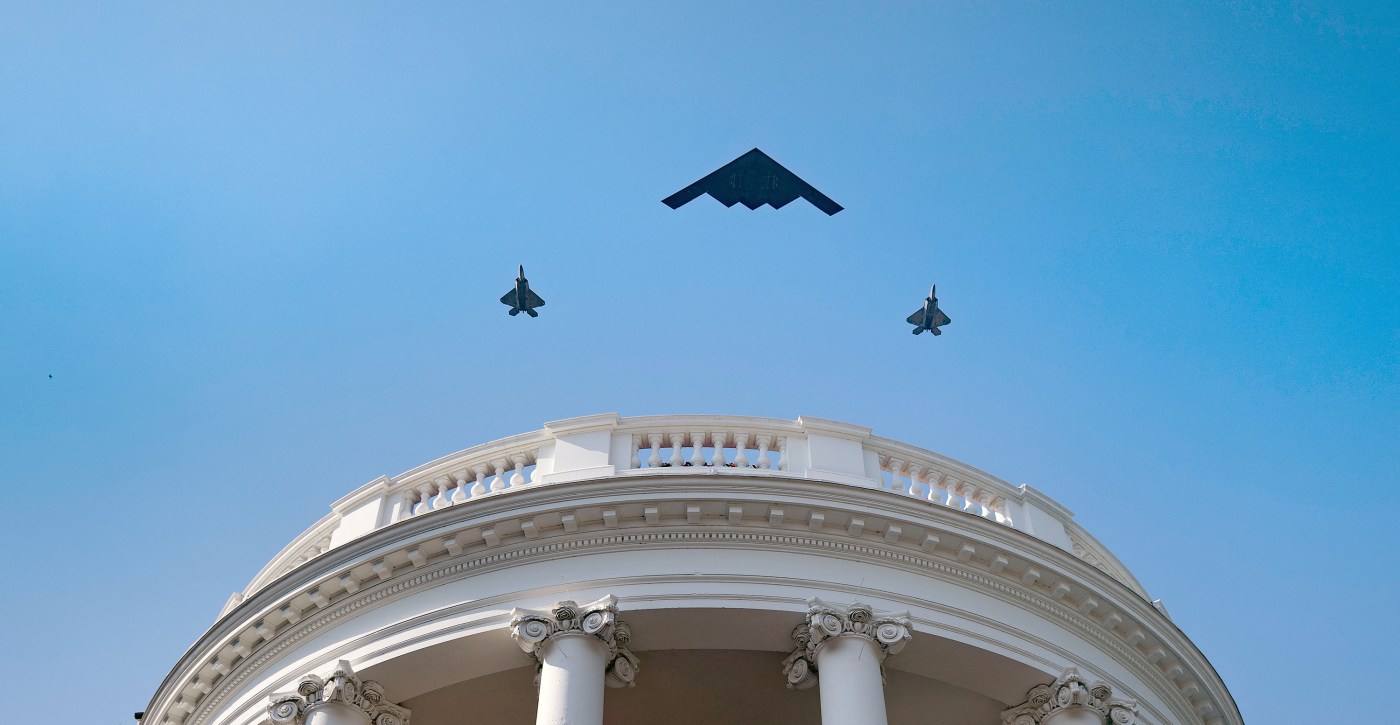The United States government has approved a significant increase to the Pentagon budget, raising it by an astonishing $150 billion. This decision, signed into law by the president on July 4, 2023, will elevate the proposed budget to over $1 trillion for the upcoming fiscal year. A substantial portion of this funding will be directed towards private defense contractors, raising concerns about the long-term implications for national security.
A recent report from the Quincy Institute and the Costs of War Project at Brown University highlights that from 2020 to 2024, more than half of the Pentagon’s budget—approximately 54%—will be allocated to private companies. This figure represents a notable increase from the 41% share allocated to contractors during the immediate post-Cold War era in the 1990s. Critics argue that this influx of funding may not enhance national security but rather enrich military firms while supporting expensive and underperforming weapon systems.
The proposed budget includes substantial funding for initiatives such as the ambitious Golden Dome missile defense system, which has faced skepticism due to its long history of challenges. Additionally, the budget allocates significant resources to the development of the new F-47 combat aircraft and the military shipbuilding sector, which is poised to receive a considerable financial boost.
Concerns Over Military Spending and Personnel Welfare
While defense contractors stand to benefit from the increased budget, military personnel and veterans may not see the same level of support. The administration has sought cuts to personnel, facilities, and research at the Veterans Affairs department, with tens of thousands of military families relying on food stamps—funding for which has been reduced by 20% in the new budget.
The growing divide between traditional defense contractors, often referred to as the Big Five, including Lockheed Martin, RTX (formerly Raytheon), Boeing, General Dynamics, and Northrop Grumman, and emerging military technology firms like SpaceX and Palantir, complicates the allocation of Pentagon funds. The Big Five currently receive the majority of the Pentagon’s weapons spending; however, newer tech firms, supported by influential advocates like Vice President JD Vance, are gaining traction in shaping defense policy.
There is a growing concern that the promises of revolutionary advancements in military technology, particularly driven by artificial intelligence, may be overstated. Historical evidence suggests that new and complex high-tech weapons do not guarantee victory in military engagements.
Rethinking Military Strategy for Enhanced Security
To foster a more effective military, the focus should shift from contractor funding to investing in well-trained and well-compensated personnel. It is essential to reconsider how the 54% of the Pentagon budget directed towards contractors could better serve those tasked with defending the nation.
A comprehensive strategy should emphasize diplomacy and collaboration with allies, reserving military action for situations where there is a direct threat to U.S. security. Such an approach could reduce the likelihood of entanglements in prolonged military operations, similar to those experienced in Iraq and Afghanistan.
As the debate over military funding continues, it is critical to limit the influence of corporate interests on defense policy. Advocating for stronger measures to manage the connection between government and industry will help ensure that military spending decisions prioritize national security over corporate profit. By integrating more independent voices into budget discussions, the U.S. can aim for a military budget that effectively addresses security needs while fostering accountability.
Ultimately, re-evaluating the current trajectory of Pentagon spending is essential for safeguarding the nation’s interests and ensuring that resources are allocated effectively to support military personnel and strategic objectives.
